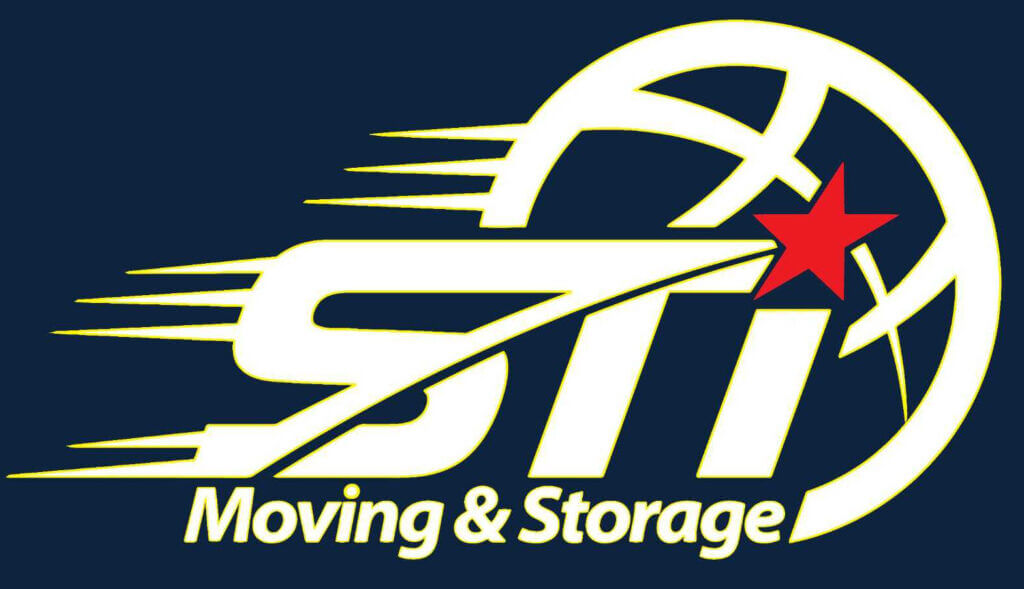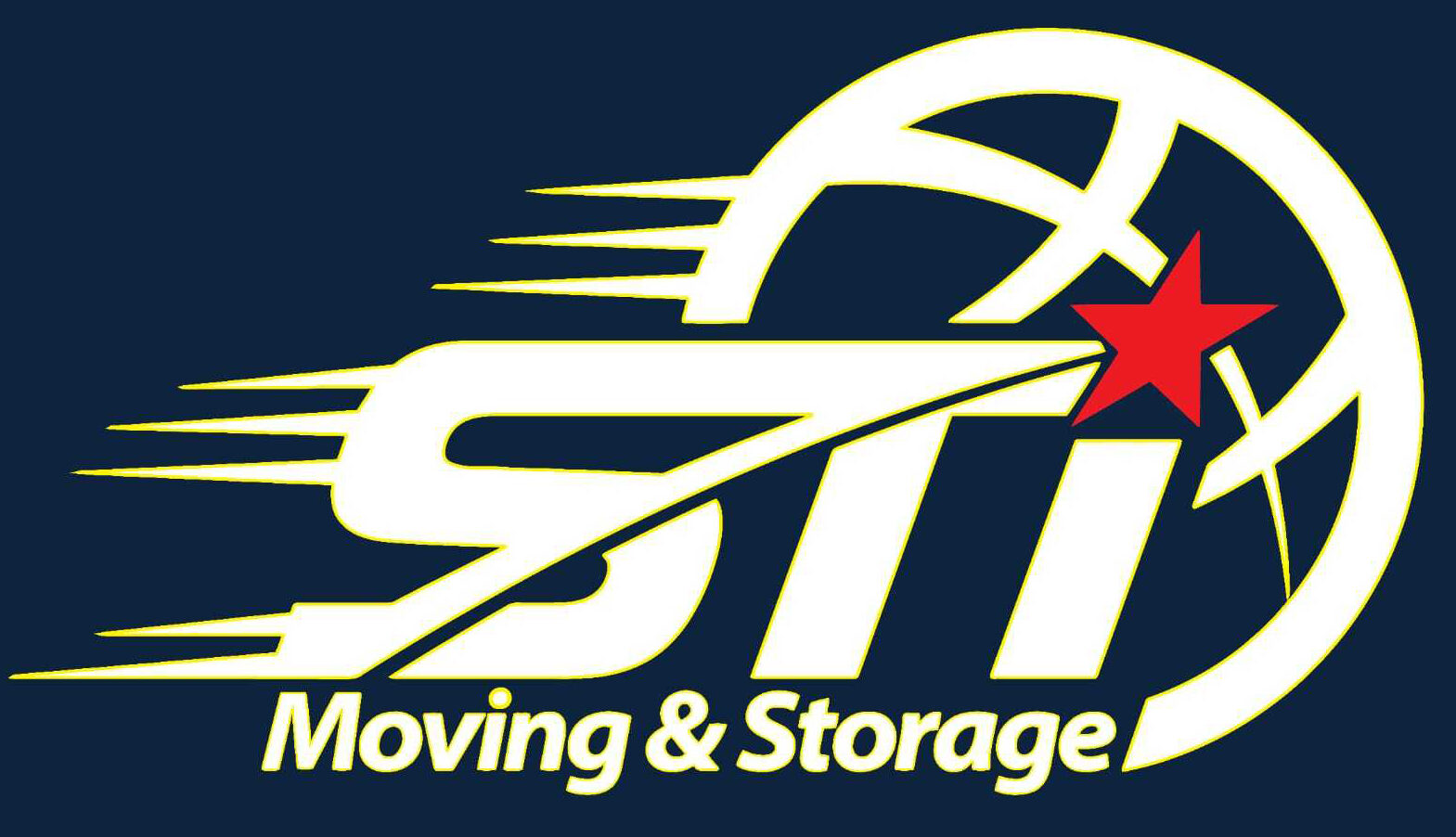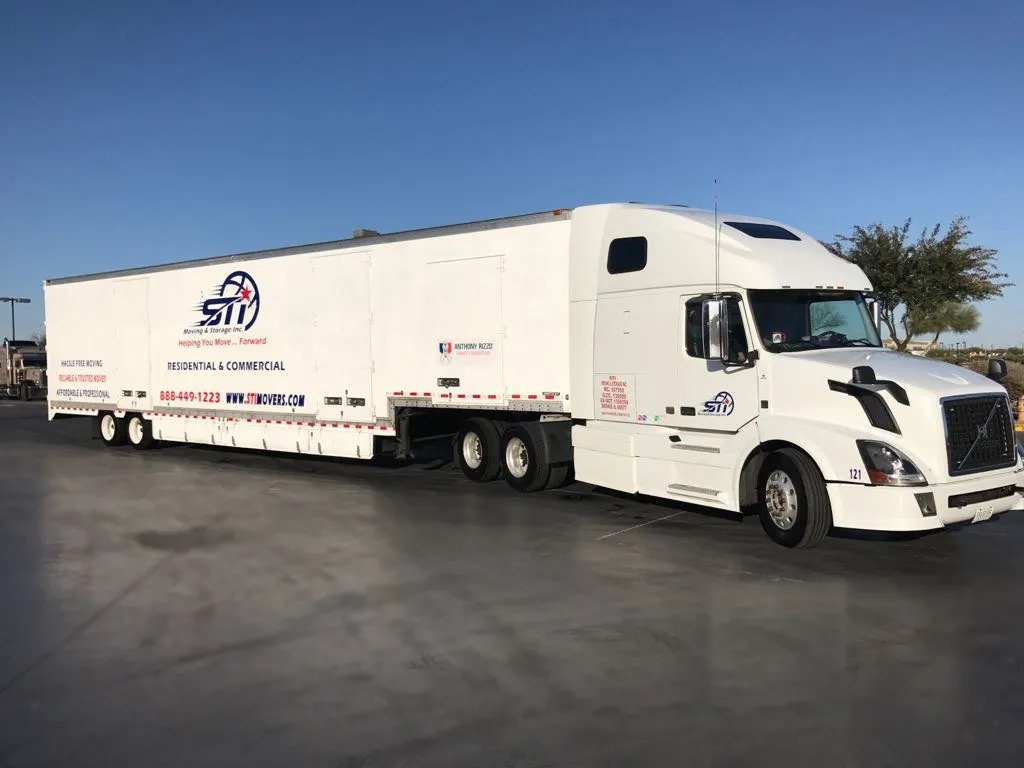Packing and moving medical equipment require special care because these items are often delicate, expensive and critical for healthcare. Proper techniques ensure that equipment stays safe and functional during transportation. Here’s a simple guide to understanding the industry-standard methods for this process:
1. Assessment & Planning
Before you start, evaluate the equipment.
- Understand the Specifics: Check the weight, size and fragility of each item.
- Create a Checklist: Include all equipment that needs to be moved.
- Plan the Route: Consider the shortest and safest path to avoid bumps or rough handling.
2. Use Specialized Packing Materials
Medical equipment requires specific packing materials to prevent damage.
- Cushioning Materials: Bubble wrap and foam padding protect against impact.
- Anti-Static Wraps: Use these for sensitive electronic devices to prevent static damage.
- Custom Crates: For larger or irregularly shaped equipment, wooden or metal crates can offer the best protection.
- Waterproof Covers: Ensure all items are protected against moisture.
3. Labeling & Documentation
- Label Each Package: Clearly mark items as fragile and indicate which side should face up.
- Document Details: Note what is inside each box for easy unpacking.
- Include Handling Instructions: Write clear guidelines for movers on how to carry each item safely.
4. Disassembly (If Necessary)
- For large equipment, disassemble parts like stands, cords or attachments.
- Secure small parts separately, pack screws, wires or detachable pieces in labeled bags.
5. Hire Professional Movers
Experienced movers with knowledge of medical equipment are essential:
- Trained Staff: Look for a medical moving company trained in handling sensitive medical items.
- Specialized Vehicles: Ensure they use vehicles with climate control and shock absorbers.
- Insurance: Confirm that the company provides insurance coverage for medical equipment.
6. Temperature & Environment Control
Many medical devices are sensitive to temperature changes:
- Use Climate-controlled Trucks: This prevents damage caused by extreme heat or cold.
- Monitor Conditions: Use temperature monitors inside the truck if necessary.
7. Secure Loading & Transport
- Load Carefully: Place heavier equipment at the bottom and lighter items on top.
- Use Straps: Secure items to prevent movement during transit.
- Avoid Stacking: Avoid placing heavy items on top of fragile equipment.
8. Reassembly & Testing
Once the equipment reaches its destination:
- Unpack methodically: Follow the checklist to ensure all items are accounted for.
- Reassemble carefully: Refer to the manufacturer’s instructions if necessary.
- Test functionality: Ensure each device is working properly after reassembly.
Conclusion
The key to safely packing and moving medical equipment is proper planning, the right materials and expert handling. Always prioritize professionalism and precision to keep medical operations running smoothly.



